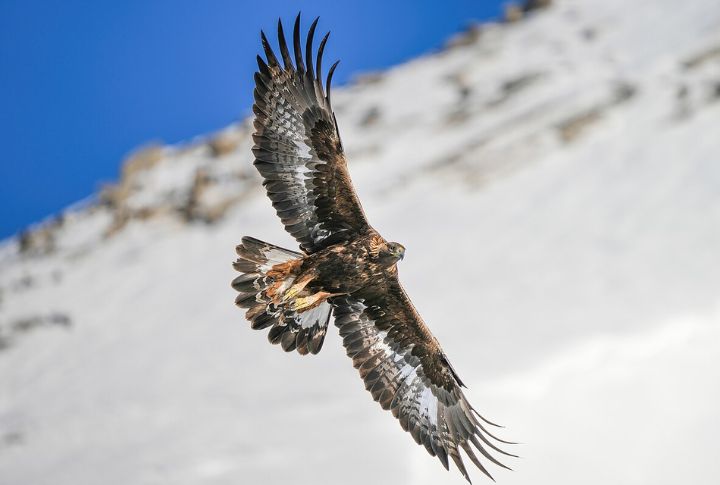
Predators don’t always prowl or pounce. Some hide in plain sight. Others lure, shock, or outwit their prey in eerie silence. These creatures have mastered the art of the unexpected, turning stillness into strategy and deception into survival. One moment, all seems calm—the next, the hunt is already over.
Archerfish
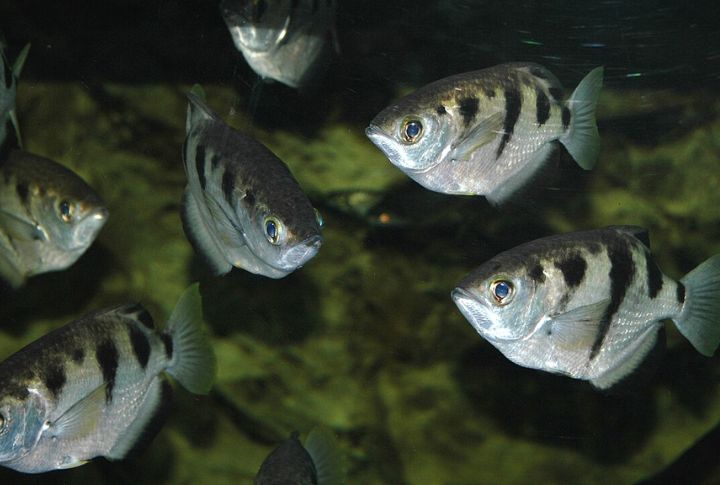
The archerfish fires water jets from below the surface, knocking insects off branches up to 2 meters away. It adjusts for light refraction and improves through trial and error. When shots miss, it may leap out to catch prey like an underwater sniper that learns fast and never backs down.
Glowworm
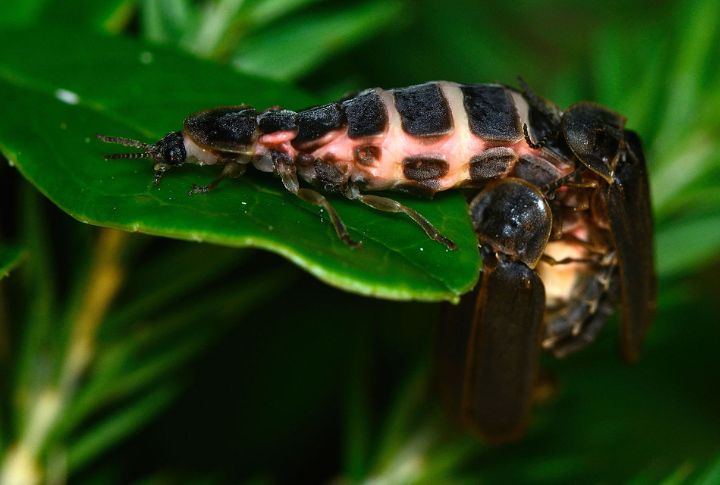
Bioluminescent glowworms light up dark caves like constellations, luring insects toward dangling silk snares. Threads hang from ceilings, each one coated in mucus to trap anything that brushes past. Hunger also triggers a brighter glow, boosting chances of a catch. Only the larvae feed; once they mature, adults no longer eat—they simply glow until their short lives end.
Trapdoor Spider
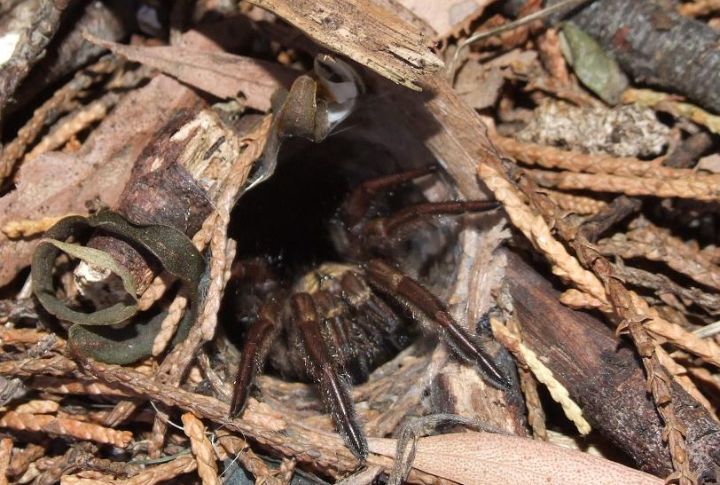
A trapdoor spider hides beneath a silk-and-soil lid that blends into the ground. Silk trip lines stretch out to detect vibrations. As soon as prey steps close, the spider bursts out fast enough to catch it by surprise, pulls it down, and slams the lid shut without a trace.
Komodo Dragon
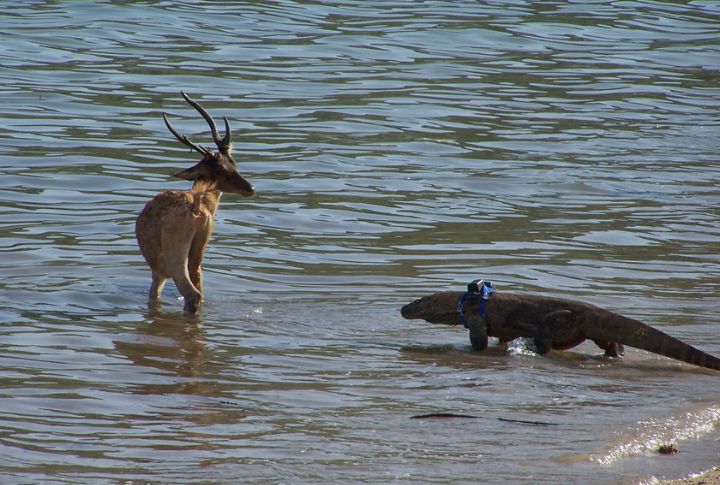
One bite sets everything in motion. The komodo dragon infects its prey with venom and bacteria, then trails it as the animal weakens and collapses. Serrated teeth slice through flesh with ease. A single kill can supply enough meat to let this reptile gorge on most of its body weight.
Mantis Shrimp
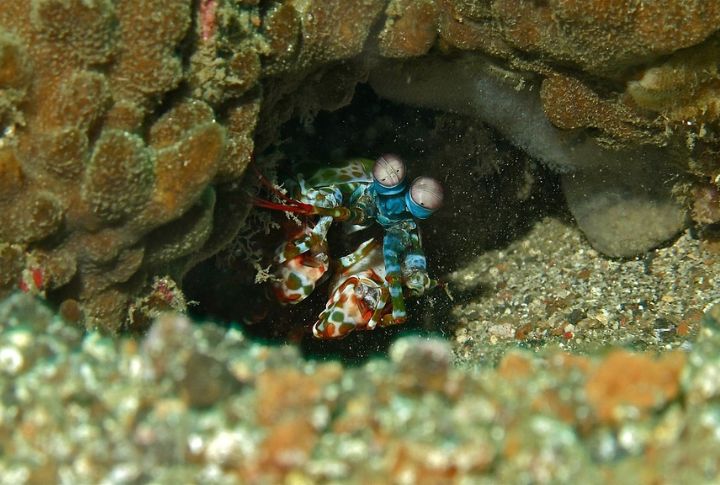
The mantis shrimp doesn’t just punch—it fires. Its clubbed limb strikes with bullet-like speed, strong enough to shatter glass and crack open armored shells. Cavitation bubbles form from the force alone, leading to extra damage. Its eyes can also reflect polarized light and gauge depth from three angles, making every blow count.
Margay
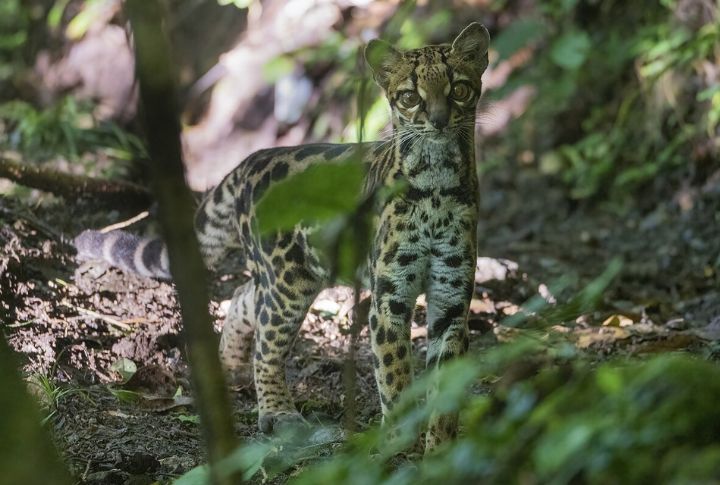
Margays don’t chase, but trick. In Central and South American forests, they mimic the cries of baby monkeys to draw adults close. Instead of speed, they rely on sound. Once prey approaches, they strike fast. Then, using rotating ankles to descend headfirst, they slip into the dark before anyone notices.
Frogfish
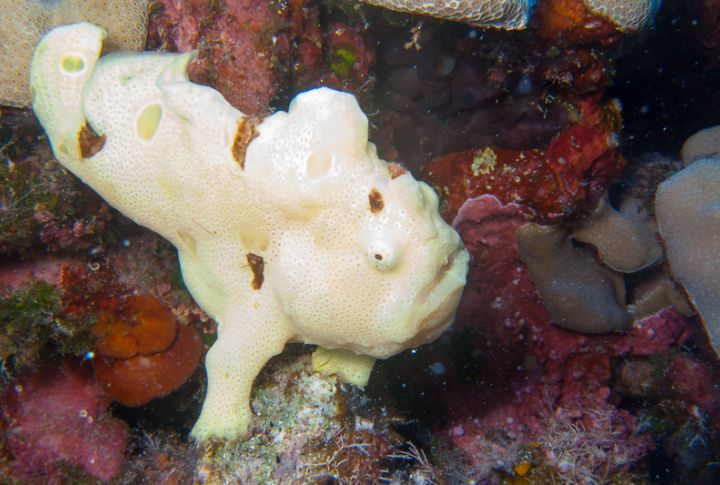
Frogfish are masters of disguise, mimicking coral to avoid detection. They use a fleshy lure to attract prey, which they engulf in just six milliseconds. Even large prey gets swallowed whole. Rather than swimming, they move across the seafloor using their uniquely adapted fins to catch prey better.
Golden Eagle
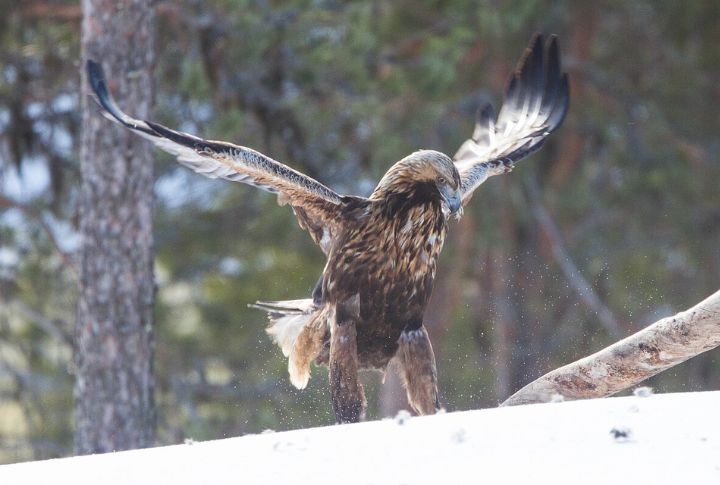
Why chase prey when gravity can help? Golden eagles swoop in, grab a goat, and drop it from a cliff. That’s dinner, sorted. With strong talons, they can lift surprisingly large animals. And they’re precise too—going straight for the eyes before the fall begins.
Star-Nosed Mole

The star-nosed mole hunts in darkness using 22 nose appendages packed with 25,000 receptors. It identifies and eats prey in just 120 milliseconds—the fastest-eating mammal alive. Be it underground or underwater, it relies on touch, not sight. It can even smell by blowing bubbles and inhaling them through its nostrils.
Electric Eel
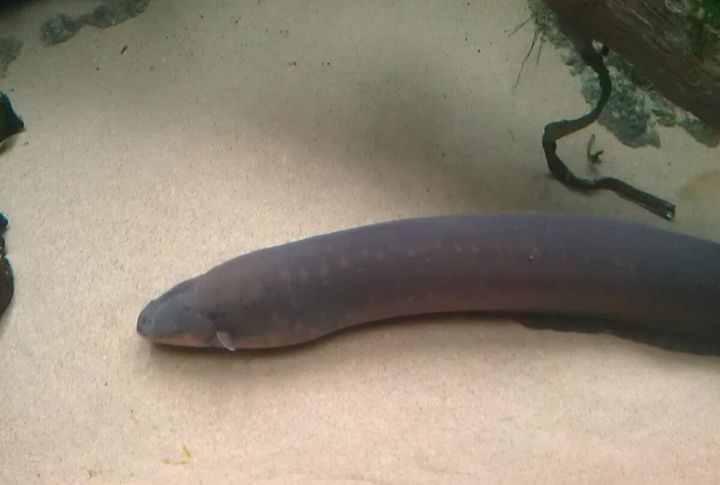
In the stillness of the river, the electric eel waits. A soft pulse maps the silence. Then—movement. The eel surges forward, releasing a bolt of 600 volts. Sometimes it rises, launching halfway out of the water to deliver its strike. The current flows, and the prey stops moving.

